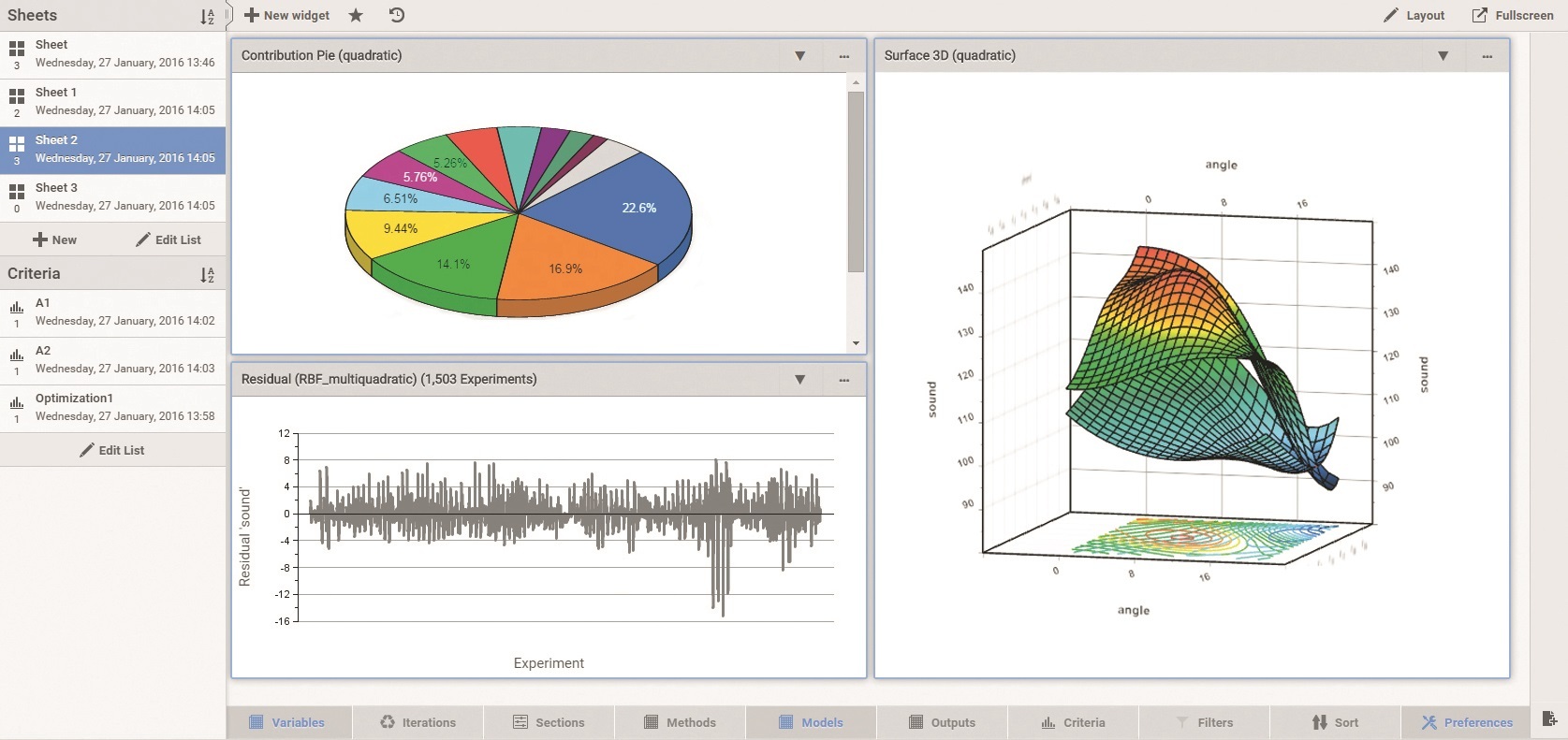A clear vision on the design space
What you'll read in this white paper by Ora Research
Leveraging engineering data from disparate sources
Some studies rate the time spent by engineers in non-value added activities such as searching data, duplicating information, manually updating models, etc. at 40% of their total time. Engineering data analytics technologies make it easy for them to access, organize and process engineering data and results from disparate sources – freeing up valuable time they can dedicate to in-depth analysis of their data.

Enabling teams to make smarter decisions
The ever-growing complexity of engineering challenges requires teams to deal with increasing numbers of design parameters, conflicting design objectives, constraints, system-level engineering requirements and more—demanding users gain access to more information, of higher quality, than ever before. This calls for smart methods and algorithms involving machine learning concepts, tools for reducing the dimensionality of complex multidisciplinary engineering problems, and capabilities for focusing on the feasible solution space rather than on a unique “best” solution.

Design space visualization - spot on!
Visualizing and understanding the design space requires engineering data fusion, engineering data analytics, an interactive decision metrics dashboard, and feedback to physics models—all with the objective of maximizing decision power. These are key enablers present in id8 decide, Noesis’ new application suite to let Optimus users make smarter decisions based on objectives. id8 decide goes far beyond older-generation tools for visualizing results of design space exploration and design optimization.

TO FIND OUT MORE, DOWNLOAD YOUR FREE COPY!
Download your copy »©2024 Noesis Solutions • Use of this website is subject to our legal disclaimer
Cookie policy • Cookie Settings • Privacy Notice • Design & Development by Zenjoy